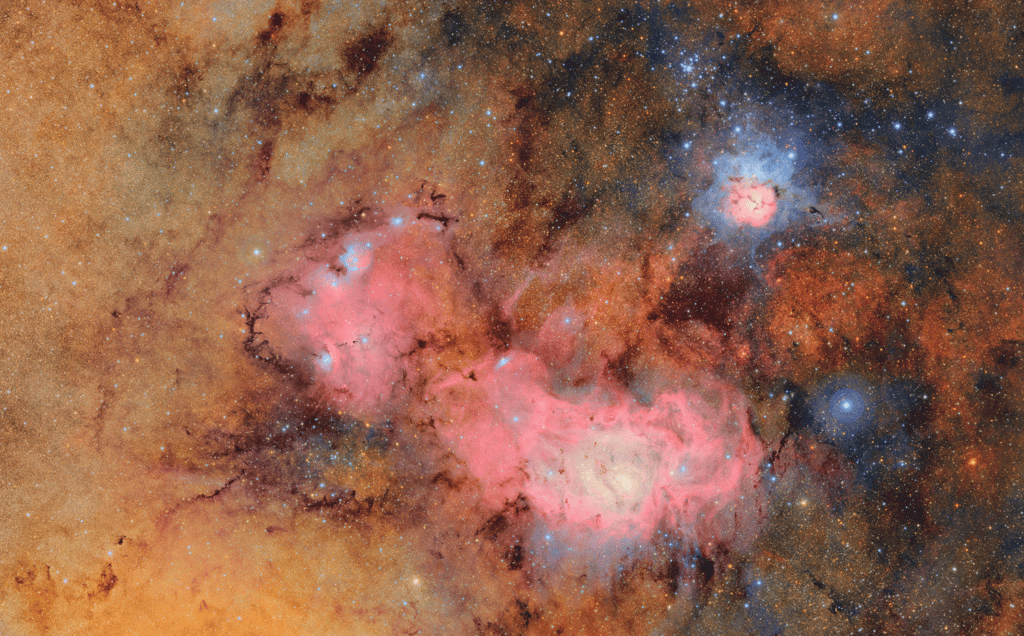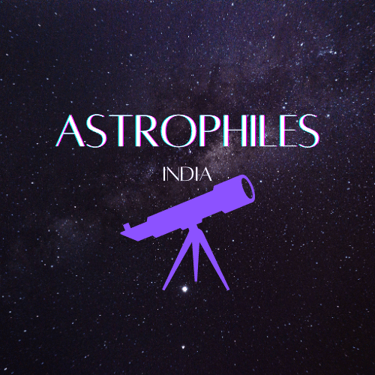The Dawn of a New Cosmic Era: Vera Rubin Observatory’s First Image and Its Impact on Humanity
On June 23, 2025, humanity witnessed a breathtaking moment in our cosmic journey as the Vera C. Rubin Observatory released its first full-scale image, captured during a 10-hour engineering test. Located atop Cerro Pachón in Chile.
SPACE NEWS
Rupa Soni
6/24/20252 min read


On June 23, 2025, humanity witnessed a breathtaking moment in our cosmic journey as the Vera C. Rubin Observatory released its first full-scale image, captured during a 10-hour engineering test. Located atop Cerro Pachón in Chile, this revolutionary observatory houses the world’s largest digital camera—boasting a staggering 3.2-gigapixel resolution—and is poised to lead the Legacy Survey of Space and Time (LSST), a 10-year mission to scan the entire southern sky every few nights. Named in honor of astronomer Vera Rubin, whose work confirmed the existence of dark matter, the observatory aims to answer some of the most profound questions about our universe, including the nature of dark energy, the behavior of transient cosmic events, and the structure of the Milky Way.
The first images released are nothing short of jaw-dropping. A composite shot of the Lagoon and Trifid nebulae—two stellar nurseries located in the Sagittarius constellation—reveals an ethereal cosmic landscape of glowing pink hydrogen gas and interstellar dust, rendered in razor-sharp detail. Another image zooms in on a segment of the Virgo Cluster, capturing countless galaxies in a single frame. Already, during just a short test run, the telescope has identified over 2,100 new asteroids, including several near-Earth objects, confirming its immense potential not only as a cosmic surveyor but also as a planetary defense tool. These visuals are more than aesthetic; they provide deep scientific insight into the birth and death of stars, the dynamics of galaxy formation, and the structure of space-time itself.
But the Rubin Observatory’s impact extends far beyond the realm of astronomy. It represents a monumental leap in how we engage with the universe—not just for scientists, but for all of civilization. For the first time, we have a telescope that combines incredible depth with expansive sky coverage and rapid imaging. It’s capable of detecting phenomena like supernovae and gamma-ray bursts within 60 seconds, sending alerts to the global scientific community and even amateur astronomers. This real-time responsiveness will transform how we study dynamic celestial events and may one day help us intercept threats from space before they reach Earth. In a world often focused on short-term gains, the Rubin Observatory is a long-term investment in curiosity, survival, and inspiration.
Culturally, this observatory is a unifier. Its first images have already captured public imagination worldwide, sparking online discussions, educational events, and renewed interest in space sciences. Just as the Hubble Space Telescope transformed how generations viewed the universe, Rubin is poised to usher in a new wave of wonder, especially for younger minds growing up in a data-driven age. With its open-source ethos—data will become publicly available after a short period—Rubin is democratizing space exploration, enabling not just scientists but storytellers, educators, students, and artists to dive into its rich visual archive.
Ultimately, the Vera C. Rubin Observatory isn’t just a telescope—it’s a time machine, a discovery engine, and a mirror reflecting humanity’s place in the cosmos. Its first image is more than a technical triumph; it’s a cultural milestone. As we stand on the edge of this new observational era, Rubin reminds us that while we may be small in the cosmic scale, we are not insignificant. We are the species that builds instruments to decode starlight, trace galactic filaments, and ask—again and again—what else is out there. And sometimes, as Rubin has just shown us, the universe answers back with light.
